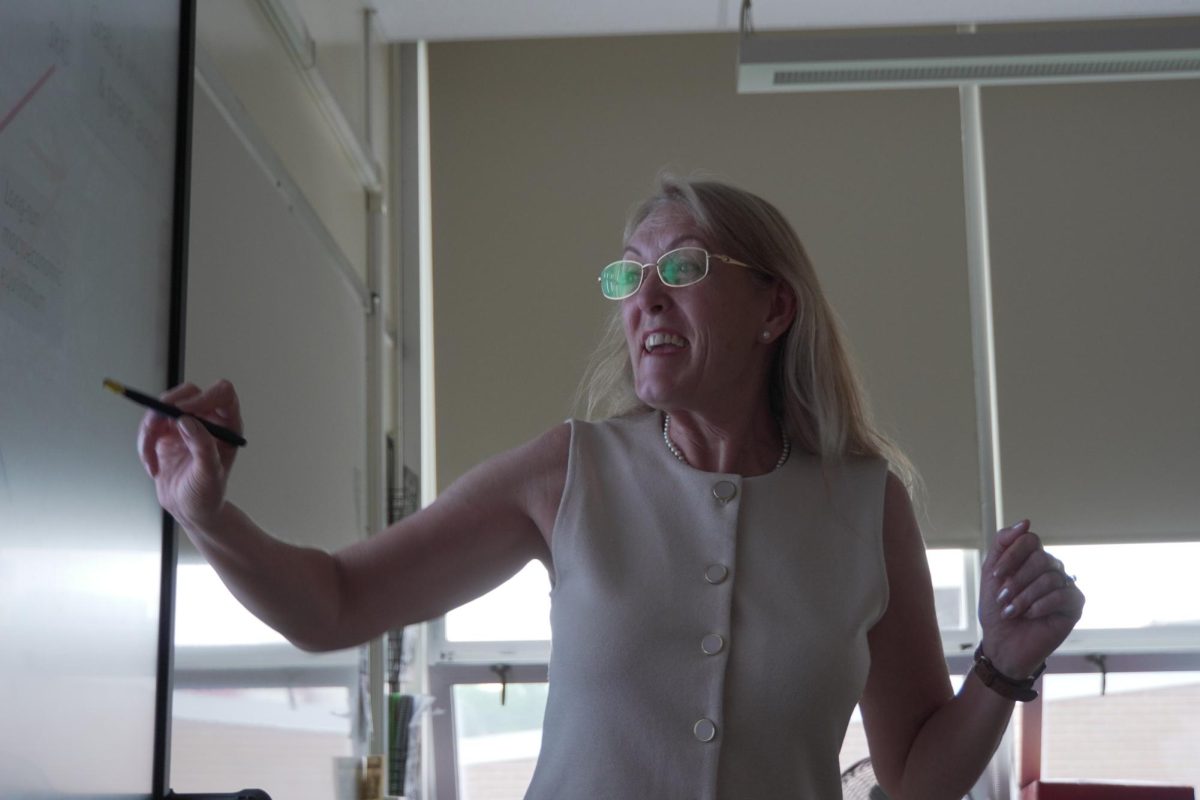Why the STEM Gender Gap Still Exists
April 19, 2021
In today’s society, there has been an uprising for equality across all platforms. With movements such as Black Lives Matter, the LGBTQIA+ movement, and several others, people are striving for equality in our world. One of the oppressed groups in history includes women. The women’s rights movement was a movement that occurred fairly recently in America during the 1960s and 1970s. This movement was the second that fought for equal rights for women, as the first occurred in the 1920s when women gained the right to vote. The first movement focused more on legal rights while the second movement focused more on social rights. Since then, women have taken great steps towards showing the world that they are prominent figures in many fields, including STEM. For example, Cynthia Breazeal is a woman who developed Kismet, a highly expressive humanoid robot capable of lifelike interaction with human beings. Another example in recent years is Stephanie A. Burns who invented several new types of heat-resistant synthetic rubber made from silicone. Marie Curie, a great example of a woman in the STEM field, discovered radium and polonium and is also known for her great contributions in finding cures for cancer. As seen in these major figures, women have taken initiative to change the world.
Indeed, there has been a rise of women in STEM-related professions. While women dominate in the STEM field’s social sciences, their presence is lacking in engineering and computer science careers. Math and sciences have been stereotypically classified as male-dominant fields, but that is not the case. The lack of female representation in STEM- related fields is solely because of the low amounts of women college applicants/graduates in fields such as engineering and computer science, contrary to the belief that just as many women apply to STEM fields as men. Considering that women are treated and acknowledged as equals by many, there seems to be a stigma against women joining and applying for college degrees in engineering and computer science fields.
“Since the late 1990s, women have earned about 57% of all bachelor’s degrees and half of all S&E bachelor’s degrees However, women’s participation in science and engineering at the undergraduate level significantly differs by specific field of study. In 2015, women received over half of bachelor’s degrees awarded in the biological sciences, they received far fewer in the computer sciences (18%), engineering (20%), physical sciences (39%) and mathematics (43%),” says NGC Project, an organization bringing together other organizations throughout the United States that are committed to informing and encouraging girls to pursue careers in STEM. While women are joining STEM-related fields, the two largest parts of STEM, Engineering and Computer Science are largely left untouched. According to https://www.census.gov , “women did not make as big gains in computer and engineering occupations, which made up the largest portion (80%) of the STEM workforce.” As can be seen from the data, women tend to lean more towards biological, social, and math sciences, which is further away from the fields that take up the most jobs in STEM.
This discrepancy seems to be an issue for women’s representation in STEM fields, as it appears that the future of STEM is in artificial intelligence, app creation, and green engineering (principles that are applied to engineering fields in hopes of creating a more sustainable environment). While this may not seem like an issue in our community, as Edison is highly competitive, the support for women joining fields in computer science is lacking in more impoverished areas. Whether the reason women aren’t applying for these fields is due to lack of support or just disinterest, it doesn’t take away from the fact that there is an imbalance between women and men in the field of STEM.
























































































